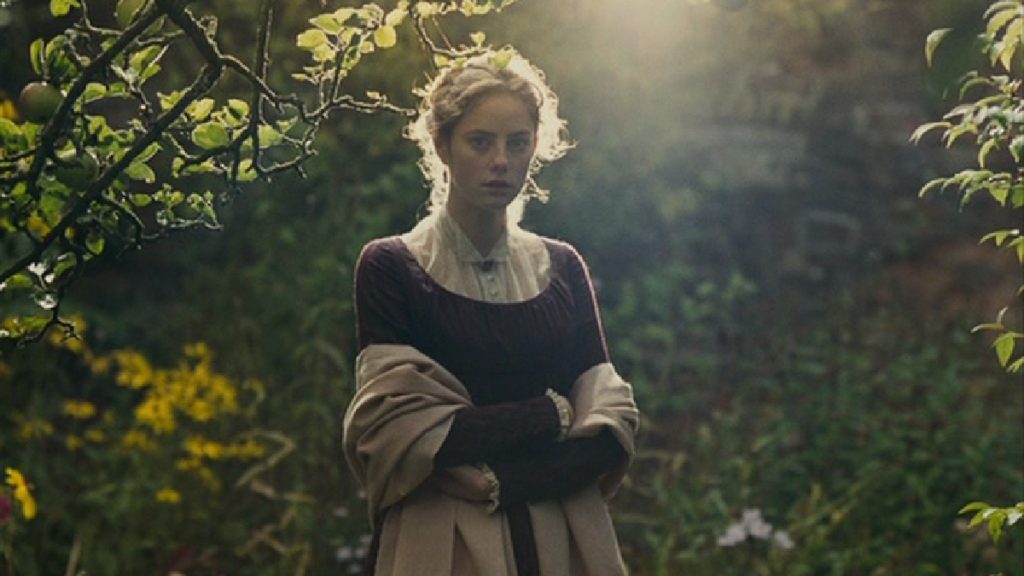Stunning cinematography, fantastic acting and an immersive, impactful story are all facets of Andrea Arnold’s 2011 gothic romanic drama Wuthering Heights. The earthy, dark moors come to utter life on screen as they serve as a backdrop for the story and could be said to often reflect the inner turmoil of its own characters.
Arnold’s film Wuthering Heights is an adaptation of Emily Brontë’s novel of the same name, written in 1847. The film’s screenplay was written by both Arnold as well as Olivia Hetreed.
FemmeFilmFest21 Review: Lola (Ana Lydia Monaco)
Arnold’s adaptation stars James Howson as Heathcliff, a young boy taken in by a wealthy family who own the Wuthering Heights estate. The film also stars Kaya Scodelario as the female protagonist as well as their daughter, Catherine Earnshaw. Things start to intensify when Heathcliff begins to develop a relationship with his foster sister, and so their peculiar situation moves from there.
The film has generally received quite a bit of praise and acclamation as well as recognition in being a female-lead production, with Andrea Arnold at the directing helm. She’s been commended for taking this darker romance and giving it a different feel unlike a usual love story. She’s previously stated:
“I read the book later when I was a teenager. I was surprised because it wasn’t quite the love story I had grown to expect. It was a much darker, stranger, more profound thing.”
And this couldn’t be more true, for if you’re looking for a swoon worthy romcom, well, this film doesn’t check any of those boxes. In fact, it is quite the dark tale dissecting how ugly desire and abusive relationships can be destructive for everyone involved.
FemmeFilmFest21 Review: End-O (Alice Seabright)
Heathcliff and Cathy’s strange relationship has quite the number of blemishes and warning signs. Despite them trying to overcome a class-driven society and be together, they are not anywhere near perfect.
And this is what makes the film a unique adaptation of Brontë’s novel. Arnold had reread the book multiple times and made sure her portrayal of the relationship was honest to the source material, and did not sugarcoat the reality of what was originally written of them.
This isn’t close to the first adaptation of Brontë’s novel. There’s a 1939 film directed by William Wyler starring Merle Oberon and Laurence Oliver, as well as a 1992 version directed by Peter Kosminksy and starring Juliette Binoche and Ralph Fiennes as our very own Heathcliff and Cathy. Although successful and well received in their own right, these previous adaptations all have something in common— they are directed by a man and are known to not be true and honest adaptations of the original work.
Arnold wanted to change this. So she set out to strip down the novel to its true meaning and roots, upend preconceived notions and try her hand at this film through the unique lens of a woman’s gaze. And it surely paid off.
Since Arnold’s adaptation in 2011, women filmmakers and directors have been on the rise like never before. The female gaze is a new lens being explored in the industry more than ever. And it is about time.
With female helmed films of recent years such as Celine Sciamma’s Portrait of a Lady on Fire, Greta Gerwig’s Little Women and Olivia Wilde’s Booksmart, (which was screened at Femme Filmmakers Festival 21) we are seeing more and more realistic portrayals of romance and love from a female perspective than ever. Arnold and the other aforementioned women are just a few names in the industry paving the way for future adaptations, future directed projects and future opportunities for women to lead.
And it feels good to see.

